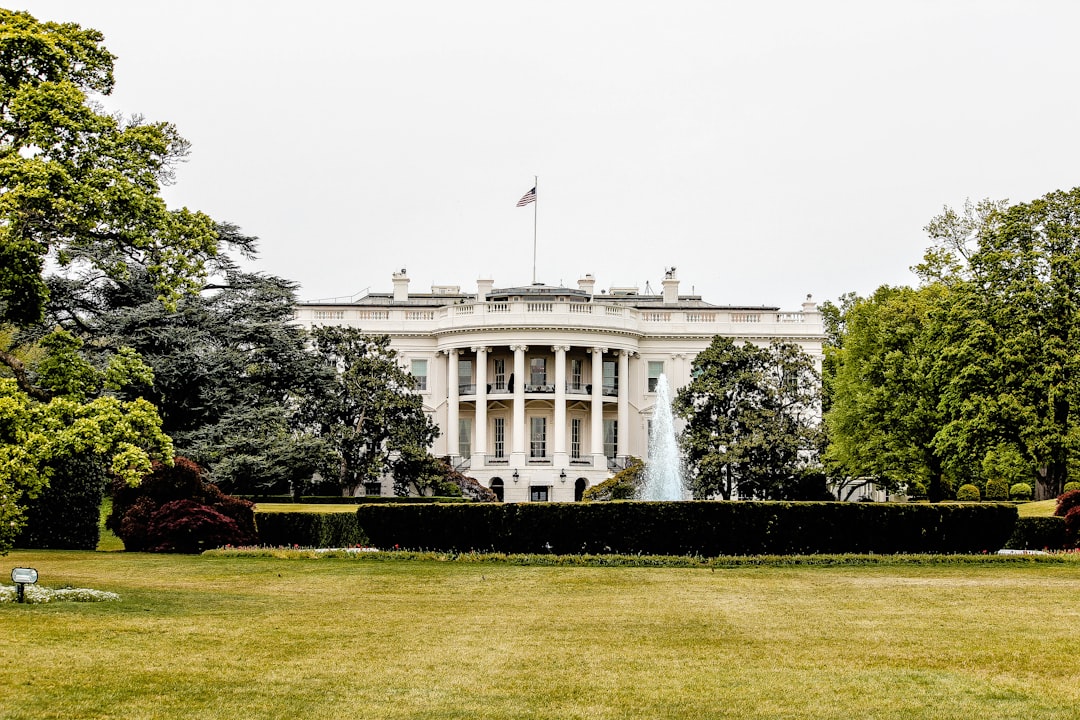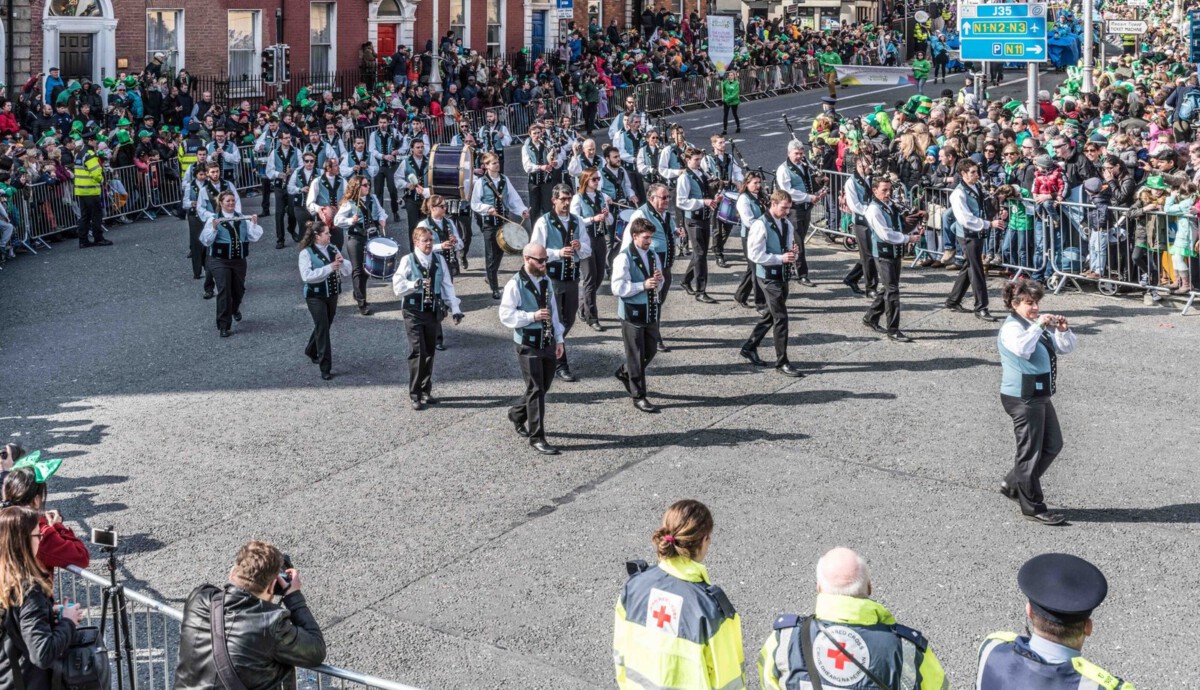The Bold Start to a Massive Overhaul (Image Credits: Unsplash)
Washington, D.C. – Under the steady hum of construction equipment on a clear autumn morning, the East Wing of the White House is giving way to make space for President Donald Trump’s ambitious ballroom project.
The Bold Start to a Massive Overhaul
Picture this: the first major structural change to the White House in decades kicks off with actual demolition. Crews began tearing down the East Wing facade just days ago, clearing the path for a sprawling 90,000-square-foot ballroom. Trump once promised this wouldn’t touch the existing buildings, yet here we are, watching history get reshaped.
Officials say the work will wrap up without major disruptions to White House operations. Still, the scale feels audacious. It’s not every day you see the president’s residence get a makeover that rivals a luxury hotel expansion.
Trump’s Vision for a Flashier People’s House
For years, Trump has dreamed of leaving his mark on the White House in a big way. He floated the idea of a grand ballroom even before his first term, reaching out to past administrations with offers to fund it himself. Now, back in office, he’s making it happen with gold-trimmed details and crystal chandeliers that echo his Mar-a-Lago style.
The president calls it a relaxing diversion from his duties, something that lets him flex his real estate chops. Completion could take years, though no firm date has surfaced. Meanwhile, the project underscores his personal touch on the iconic building.
Courting Cash at a High-Stakes Dinner
Last week, Trump turned the White House into a pitch venue, hosting a lavish dinner for potential big-money backers. Invitations in gold lettering urged guests to help create a “magnificent” space. He described the ballroom as “phenomenal” and “totally appropriate,” drawing in executives from across industries.
The event felt like a who’s who of influence. Tech leaders mingled with defense contractors and crypto moguls, all eyeing ways to align with the administration. Trump praised some for their generosity, hinting at donations up to $25 million right there at the table.
Key Donors Stepping Up to the Plate
The funding comes entirely from private pockets, sparing taxpayers the bill. Trump himself has pledged personal contributions, but the heavy lifting falls to corporations and wealthy individuals. A White House official noted pledges nearing $200 million, with more to come.
Here’s a rundown of some standout contributors:
- Lockheed Martin: Over $10 million, bolstering its defense ties.
- Palantir: Significant pledge from the data analytics firm with deep government contracts.
- Google (via Alphabet): Around $22 million, tied to a recent lawsuit settlement.
- Other tech heavyweights: Apple, Amazon, Microsoft, Meta, and HP have all committed funds.
- Crypto players: Coinbase, Ripple, and Tether representatives attended, signaling industry support.
Even figures like the Winklevoss twins and Cabinet picks showed up, blending business with politics seamlessly.
Perks, Pressures, and Ethical Questions
Donors can pay in lump sums or installments, with hints of “recognition” like etched names on the building. The pledge form teases tax benefits and prestige, making it a smart move for those with government dealings. For companies like Booz Allen Hamilton, nearly all revenue from federal work, it’s a calculated gesture.
Critics see it as an ethical minefield. A former White House ethics lawyer called it a “nightmare,” worrying about influence peddling. Yet Trump frames it as patriotic giving, with no foreign money involved.
Looking Ahead: Legacy or Luxury?
This project isn’t just bricks and mortar; it’s a window into priorities during tough times like the ongoing government shutdown. Federal workers wait for paychecks while billionaires fund a gilded addition named after the president himself. It raises questions about access and power in modern Washington.
Construction presses on, with the ballroom set to host events that could redefine White House gatherings. Whether it becomes a symbol of bold leadership or excess remains to be seen.
Key Takeaways:
- The $250 million ballroom is privately funded, led by tech and defense giants.
- Demolition of the East Wing started this week, sparking debate over historic changes.
- Donations may bring perks like naming rights, amid concerns about undue influence.
In the end, Trump’s ballroom stands as a testament to his flair for the dramatic, blending personal ambition with corporate clout. What do you make of this White House transformation? Share your thoughts in the comments.







